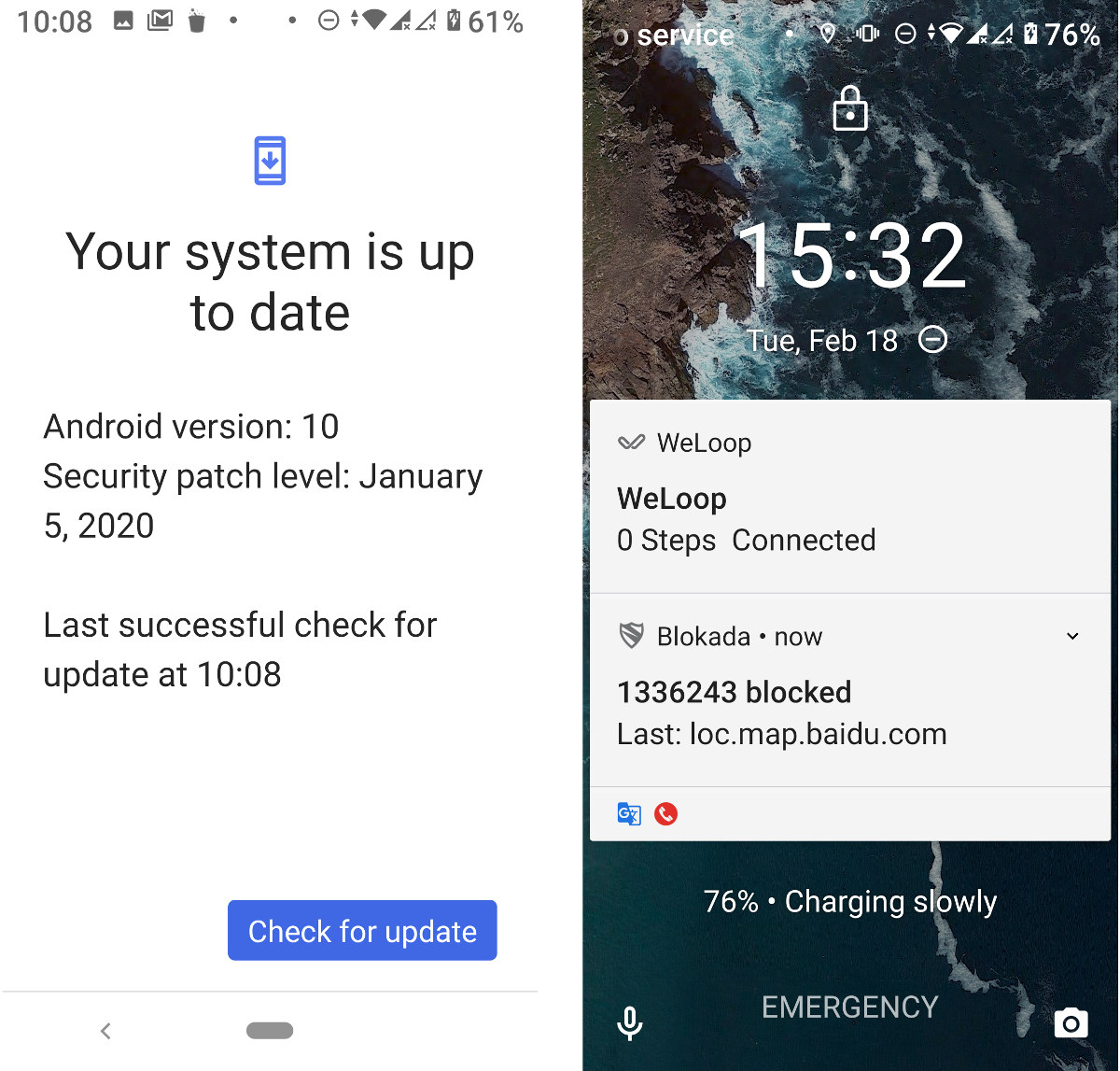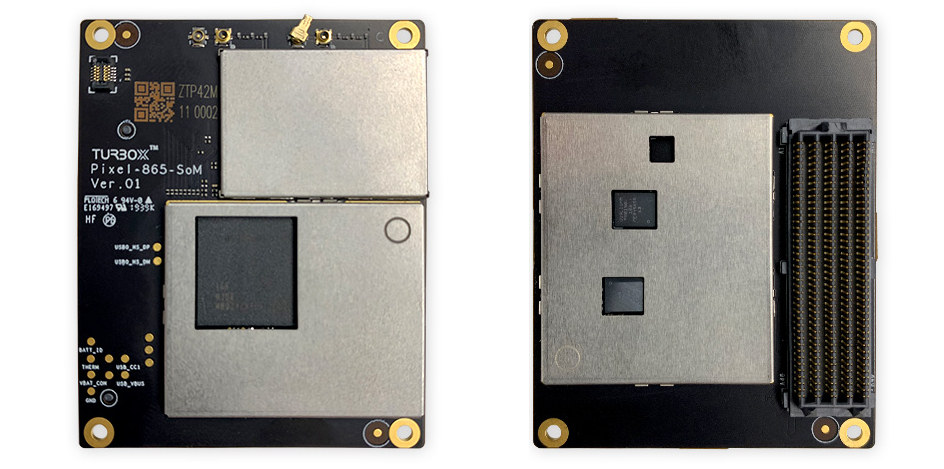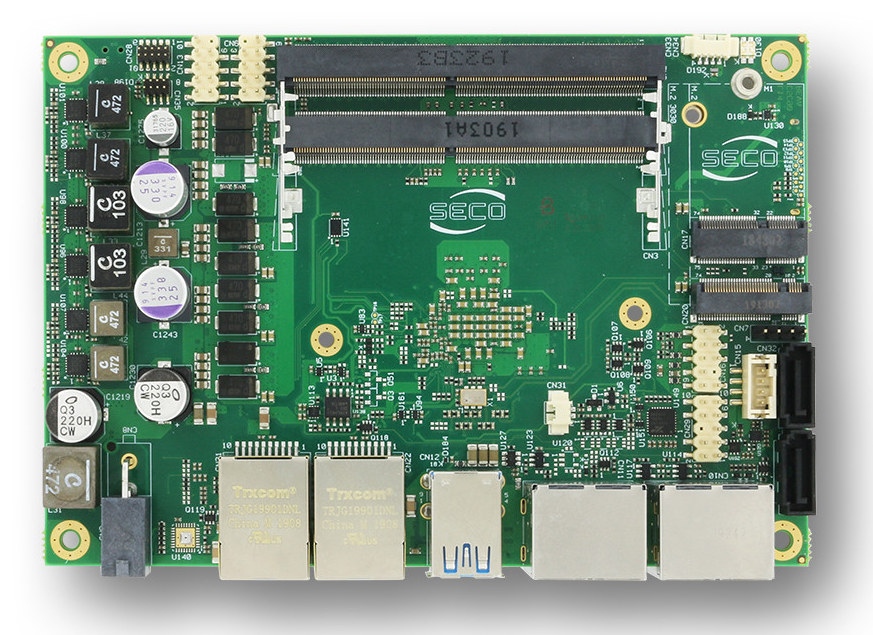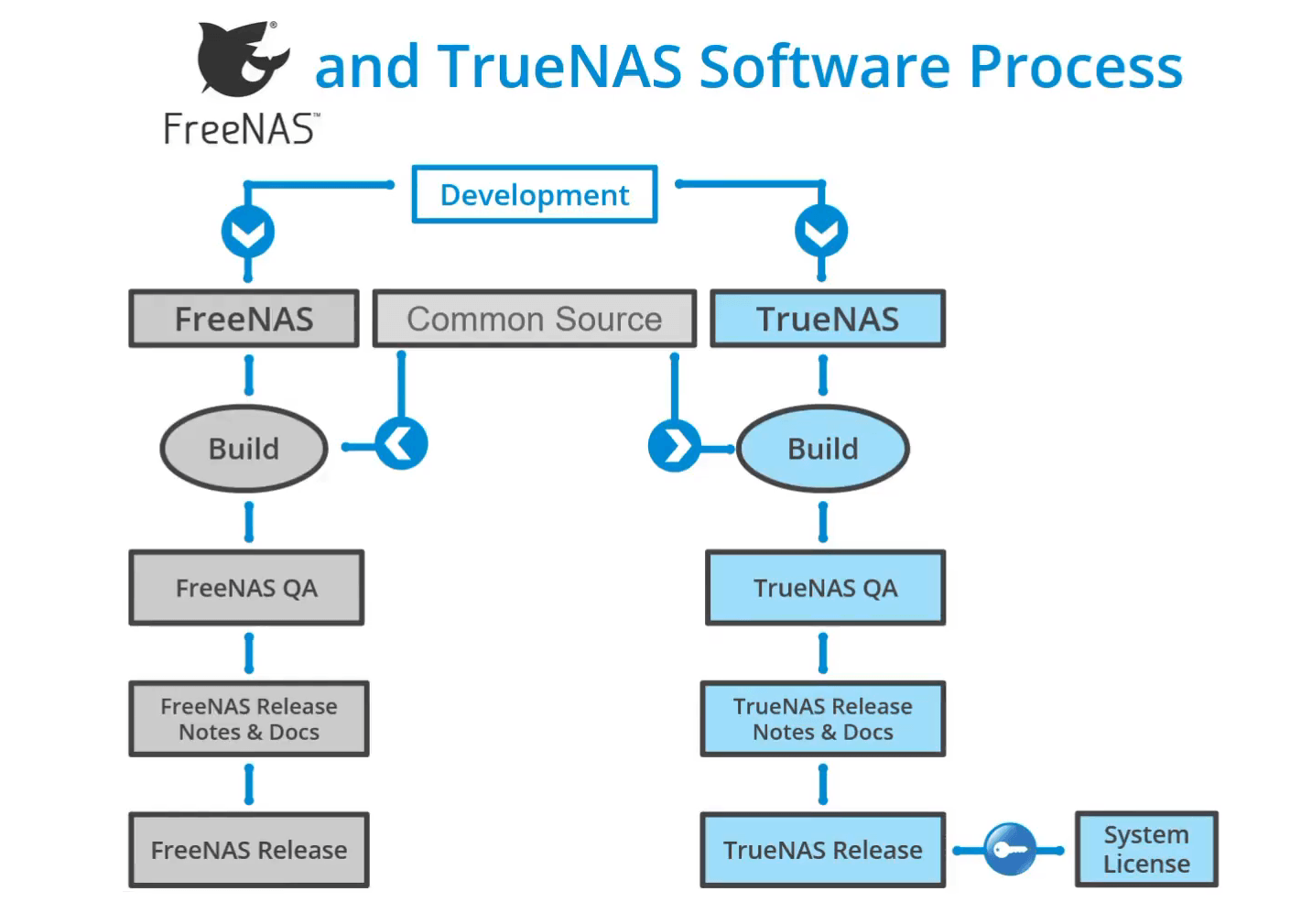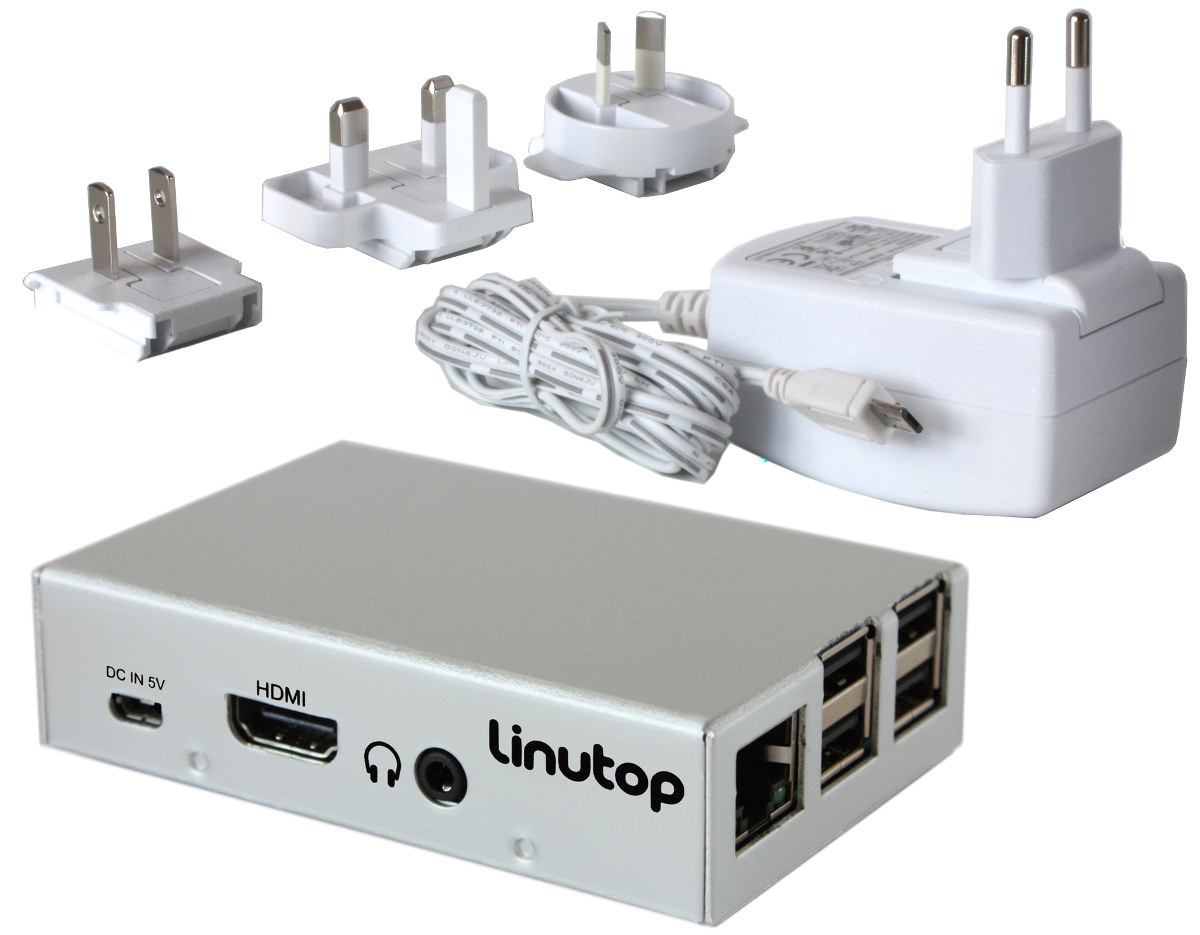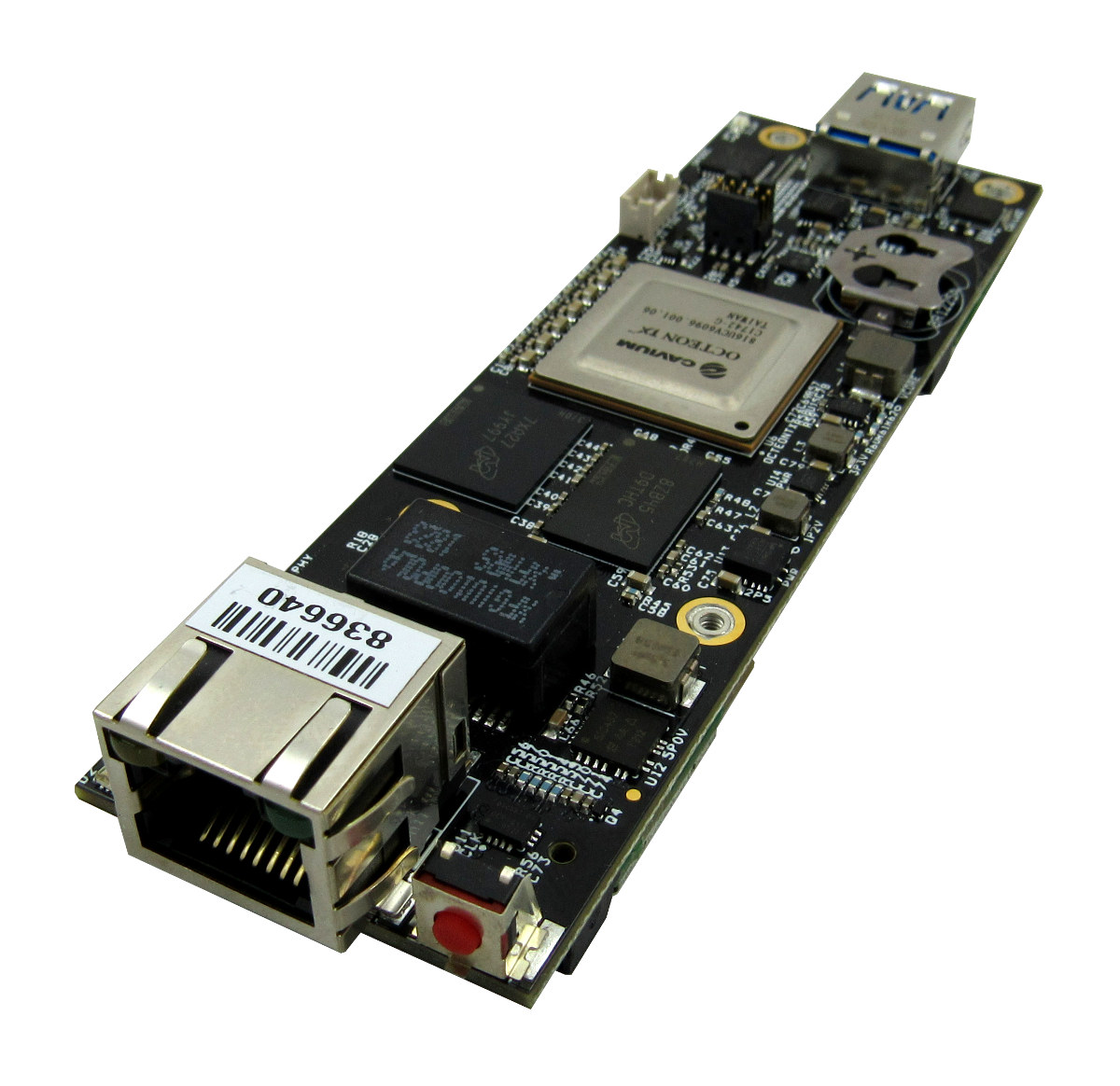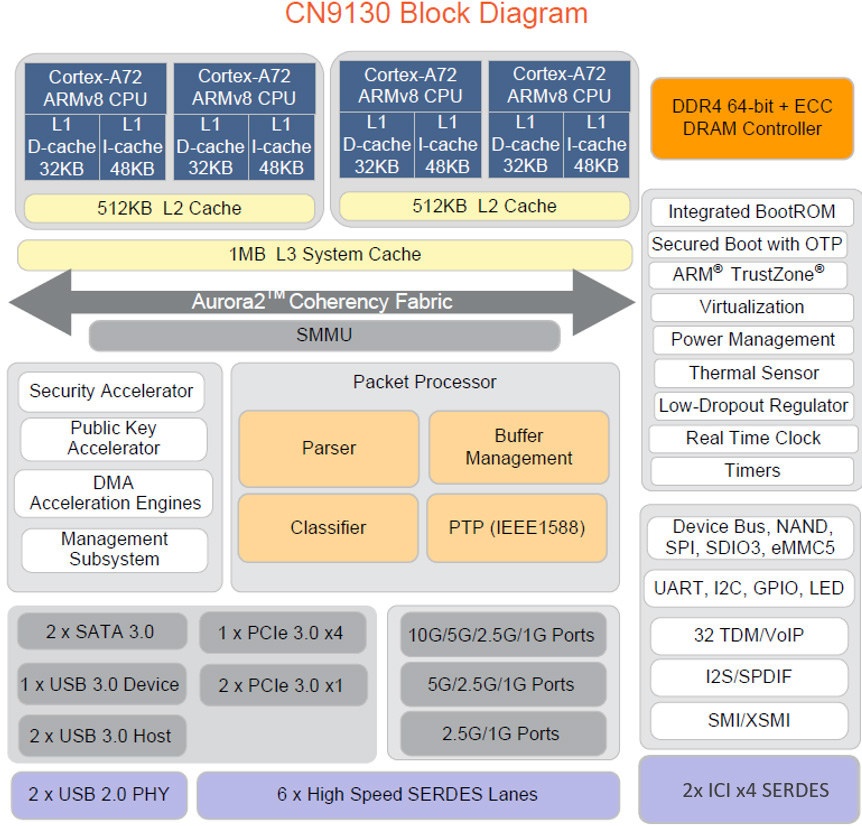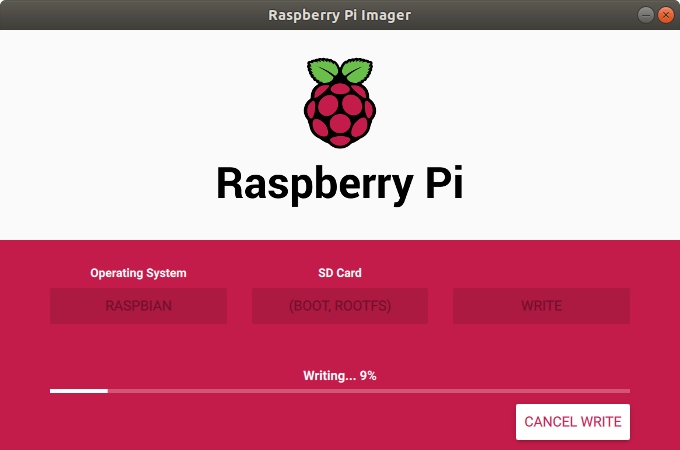I’ve been using Xiaomi Mi A2 smartphone since December 2018. At the time, it shipped with Android 8.0, but I soon got an update to Android 8.1, and later to Android 9.0. I’m quite satisfied with the phone as it receives (almost) monthly security updates, works reasonably faster, features a decent camera, and overall does the job. The biggest complaint I have so far is about storage. It comes with 32GB eMMC flash and no MicroSD card slot, and it’s constantly full, so I have to clear the cache often, and sometimes I need to uninstall an app and reinstall it in order to install an update. Sometimes in January, I got a notification about Android 10 updates, but since I was out of space, I only installed it late February after some serious storage cleaning… The update went smoothly, and after some adjustment to the settings I was back […]
Thundercomm Announces Qualcomm based Modules for Smart Speakers, LTE IoT, Smart Retail, and 5G Applications
Based in California in the US, Thundercomm Technology Co., Ltd. (aka Thundercomm) is a provider of IoT products & technologies for OEM/ODMs, enterprises and developers. The company introduced several Qualcomm based “TurboX Systems-on-Module” for smart speakers, LPWAN IoT devices with NB-IoT and LTE Cat M1 connectivity, smart retail applications, and 5G powered devices. TurboX C404 and C405 SOMs for Smart Speakers and Soundbars Key features and specifications: SoC – Qualcomm Snapdragon C404 / C405 with CPU – Quad-core Arm Cortex-A53 @, 1.4 GHz GPU (C405 Only) – Qualcomm Adreno 306 GPU @ 600 MHz DSP -2x Hexagon QDSP6 v66 – Low Power Audio Subsystem & Audio Compute DSP System Memory & Storage – 1GB LPDDR3 + 8GB eMMC flash in eMCP package; SD card signals Connectivity 2×2 MIMO WiFI 5 802.11 a/b/g/ac + Bluetooth 5.0 + FM via WCN3999 Gigabit Ethernet (RGMII) Display Interfaces (C405 Only) 4-lane MIPI DSI port […]
SECO Unveils 3.5″ Ryzen Embedded SBC, Docker-Compatible EDGEHOG OS Linux Distribution
After IBase IB918, here’s another 3.5″ Ryzen Embedded SBC courtesy of SECO SBC-C90 equipped with a choice of Ryzen Embedded V1000 or R1000-series processor, dual Gigabit Ethernet, and four DisplayPort++ ports. Separately from the hardware announcement, SECO has launched a Yocto-based, Docker-compatible Linux distribution called EDGEHOG OS and supporting containers, OTA updates, and remote management. SECO SBC-C90 SBC Specifications: SoC (one or the other) AMD Ryzen Embedded V1000 family: Ryzen Embedded V1807B quad-core/octa-thread @ 3.35GHz (3.8 Boost) with AMD Radeon Vega 11 Graphics; TDP 35-54W Ryzen Embedded V1756B quad-core/octa-thread @ 3.25GHz (3.6 Boost) with AMD Radeon Vega 8 Graphics; TDP 35-54W Ryzen Embedded V1605B quad-core/octa-thread @ 2.0GHz (3.6 Boost) with AMD Radeon Vega 8 Graphics; TDP 12-25W Ryzen Embedded V1202B dual-core/quad-thread @ 2.3GHz (3.2 Boost) with AMD Radeon Vega 3 graphics; TDP 12-25W AMD Ryzen Embedded R1000 family: Ryzen Embedded R1606G dual-core/dual-thread @ 2.6GHz (3.5 Boost) with AMD Radeon Vega […]
FreeNAS Operating System Becomes TrueNAS CORE
So far, iXsystems managed two FreeBSD based operating systems for network access storage (NAS): devices: FreeNAS an open-source version supported by the community, and TrueNAS with more enterprise-grade features and commercial support working on the company’s hardware of the same name (TrueNAS flash-powered arrays). Even though lots of the code was shared, the company found out that maintaining both projects separately negatively affected the development efficiency and quality of the software since they had to maintain two build processes, two QA processes, and two sets of documentation. The situation is illustrated in the diagram above, but the company has decided to work on improving the development process, and FreeNAS and TrueNAS will share the same build, QA processor, documentation and even release starting with TrueNAS 12. That means there will be a single binary with two versions: TrueNAS CORE previously known as FreeNAS, without the need for license keys, and […]
Raspberry Pi or UP Board based Linutop Runs Digital Signage or Web Kiosk Software
Linutop is a French company offering software and hardware solutions for digital signage and secure web kiosks, and this morning we received an email about Linutop OS now working on Raspberry Pi 4 board. Linutop OS is a Xubuntu (x86) or Raspbian (Arm) based OS using XFCE desktop environment, and shipping with the company’s Linutop Kiosk program used to setup a web kiosk or a digital signage player controlled via Linutop TV Digital Signage CMS (Cloud or self-hosted). The kiosk/DS software and the content management system (CMS) are not open-source, but there are free demo versions. If you want to install the full version it will cost you 79 Euros, and a self-hosted license for the CMS goes for 196 Euros. The company also offers Arm and x86 digital signage players based on Raspberry Pi or UP Board SBCs. Linutop XS/XS3 Linutop XS is based on a Raspberry Pi 2 […]
Newport GW6903 is a Compact Marvell Octeon TX SBC with Gigabit Ethernet, Dual mPCIe, and USB 3.0
Gateworks introduced its Newport SBC family powered by Cavium Octeon TX processors and designed for networking applications in 2017. One of those boards was a compact SBC with one Gigabit Ethernet port, an mPCIe socket, and a USB 2.0 Type-C port. The company has now launched Newport GW6903 SBC with the same 100x35mm form factor but with one Gigabit Ethernet port, two mPCIe sockets, and a faster USB 3.0 Type-A port. Newport GW6903 specifications: SoC – Cavium Marvell Octeon TX CN8120 dual-core Armv8 processor @ 800 MHz or Octeon TX CN8130 quad-core ARMv8 processor @ 1.5 GHz System Memory – 1GB DDR4 SDRAM (Option up to 4GB) Storage – 8GB eMMC flash (Option up to 64GB), serial configuration EEPROM Networking – Gigabit Ethernet Port with Passive PoE Support GNSS – Optional Ublox ZOE-MQ8 GNSS GPS Receiver with PPS support USB – USB 3.0 Type-A host port Expansion 2x Half Card […]
Marvell OCTEON TX2 CN9130, CN9131 and CN9132 SoCs Target 5G Base Stations, Edge Networking, Storage Applications
A while ago, I was informed three new Marvell processors had made it to mainline Linux, namely CN9130, CN9131, and CN9132, but at the time, the description was a bit cryptic: The CN9130 is made of one AP807 and one internal CP115. There are three development boards that are made of this SoC: * CN9130-DB * CN9131-DB (with one additional modular CP115 compared to CN9130-DB) * CN9132-DB (with two additional modular CP115 compared to CN9130-DB) No other public information was available either, but Marvell has now published more details and those are OCTEON TX2 Infrastructure processors with four Cortex-A72 cores @ 2.2 GHz, up to 18x SERDES IO, and 10GbE. Octeon TX2 CN9130 key features and specifications: CPU – Quad-core Armv8 Cortex-A72 @ up to 2200 MHz with 48 KB I-cache, 32 KB D-cache, 1 MB total L2 cache divided into two clusters of 512 KB ECC shared cache, 1MB […]
Raspberry Pi Imager Makes Flashing OS Images Easier on Windows, macOS and Ubuntu
Most regular readers of this blog will probably find flashing operating system images to a MicroSD card to be child play. Just download the latest OS image, install balenaEtcher, select the image, the MicroSD card and you’re done. But people who have never used such tools may find it a bit confusing, so the Raspberry Pi Foundation has developer and now released a tool – Raspberry Pi Imager – working on Windows, macOS, and Ubuntu that makes it even easier. You’ll find the tool for your OS of choice on the Download page on Raspberry Pi website. I’ve given it a try in Ubuntu 18.04. Click on Operating System will bring you a list of the latest supported operating systems, an option to fully erase the MicroSD card, and another to install your own – already downloaded – custom image. I’ve selected Raspbian 2020-02-13, inserted my SD card and selected […]

